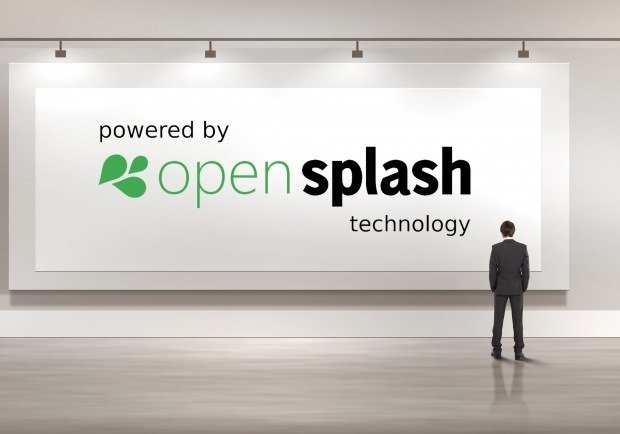
European Sign Expo will co-locate with FESPA 2013 at London’s Excel – but who is actually exhibiting?
European Sign Expo will co-locate with FESPA 2013 at London’s Excel – but who is actually exhibiting?
European Sign Expo (ESE), organised by FESPA and the European Sign Federation (ESF), will open its doors in two months. But who will be on the show floor?
For those outside the print market, FESPA is a global federation of wide-format print associations with events running world-wide. In November last year it teamed up with ESF to launch ESE. FESPA acquired Screenmedia Expo (SME) at the end of January, adding digital signage to its new mixture of print and signage systems. Resultantly, it will now form part of the main FESPA/ESE colocation at Excel on June 25th to 27th, expecting to welcome 23,000 visitors; the majority will be print-related but 28 percent of those pre-registered have expressed interest in the new zone.
Neil Felton, managing director of exhibitions and events at FESPA, says the show will demonstrate the full spectrum of print and non-print display technologies, giving exhibitors the chance to reach a new key audience not addressed by other events. He also emphasises FESPA’s role as a not-for-profit and, therefore, an educational entity. This sounds like a promising proposition – so what support has there been from the digital signage side?
BroadSign has been confirmed as platinum sponsor for the event, and Felton says more than 20 digital signage companies have already signed up, with some 15 more in the pipeline. However, this is not yet apparent when looking at the floor plan: only BrightSign and Barco add to the list of heavyweights. A further dozen offers everything from embedded computers to digital scoreboards – products which may appeal at the lower end, but none is a major name.
For Brant Eckett, director of marketing EMEA at Christie, there is one concern that overrides all others. “In these cost-sensitive times, tradeshows need to deliver not only brand promotion and opportunities to educate the market – they need to deliver new business,” he emphasises.
Steve Robinson, product manager for Onelan, notes that the digital signage market is changing rapidly. “Once the hardware and services are fully commoditised, I strongly feel that digital signage will simply become part of the wider digital marketing landscape,” he warns. “If the ESE and FESPA can fulfil their goal of bringing ‘marketers, advertisers, brand owners, buyers and specifiers of advertising’ together, then this will be great for Onelan and the industry as a whole.”
Denys Lavigne of Arsenal Media is also cautious, but for a different reason. Arsenal Media was an exhibitor at SME but works broadly across the visual communications spectrum, and is a company indicative of the target audience FESPA and ESE both would like to attract. “I haven’t seen any event where print and digital have truly been successful together as an integrated solution context,” he says. “I think it hurts the digital side to be too closely associated with print because of the culture shock and different market interests.”
For two years in a row DOOH taxi-top creator Eyetease exhibited at SME, but its chief executive, Richard Corbett, doesn’t believe that a marriage with print is the way forward. “DOOH is a powerful medium and holds a key position in the consumer’s daily journey,” he states. “We should encourage the association of DOOH exhibitions with online and mobile – rather than with print.”
Jason Cremins, chief executive of signagelive, was one vendor ‘disappointed’ with last year’s SME; he says his company will wait to see how the new show performs. Others, however, are more positive about the combination – including NEC’s Northern Europe vice-president Simon Jackson, despite his company not intending to be present. “The purchase of SME makes some sense for FESPA, as the print world is rapidly being absorbed by digital media,” he says. “It will be interesting to see how many of the brands on board [with SME] migrate to the FESPA show.”
These observations from key stakeholders are ones that FESPA may very well answer. However, it has two other challenges. The NEC Showcase, now in its fifth year, lists 44 sector-relevant ‘solutions partners’ as exhibitors. Marketing Week Live, which runs at the same time as ESE, has added a new out-of-home section and appears to be more in keeping with the type of interplay the digital signage sector is looking for.
Digital signage vendors are looking for a real business proposition, and ESE must meet this in order to succeed. So far, the event hasn’t projected a clear enough profile or thorough understanding of the market to convince the major screen, media player and software manufacturers onto the show floor.
